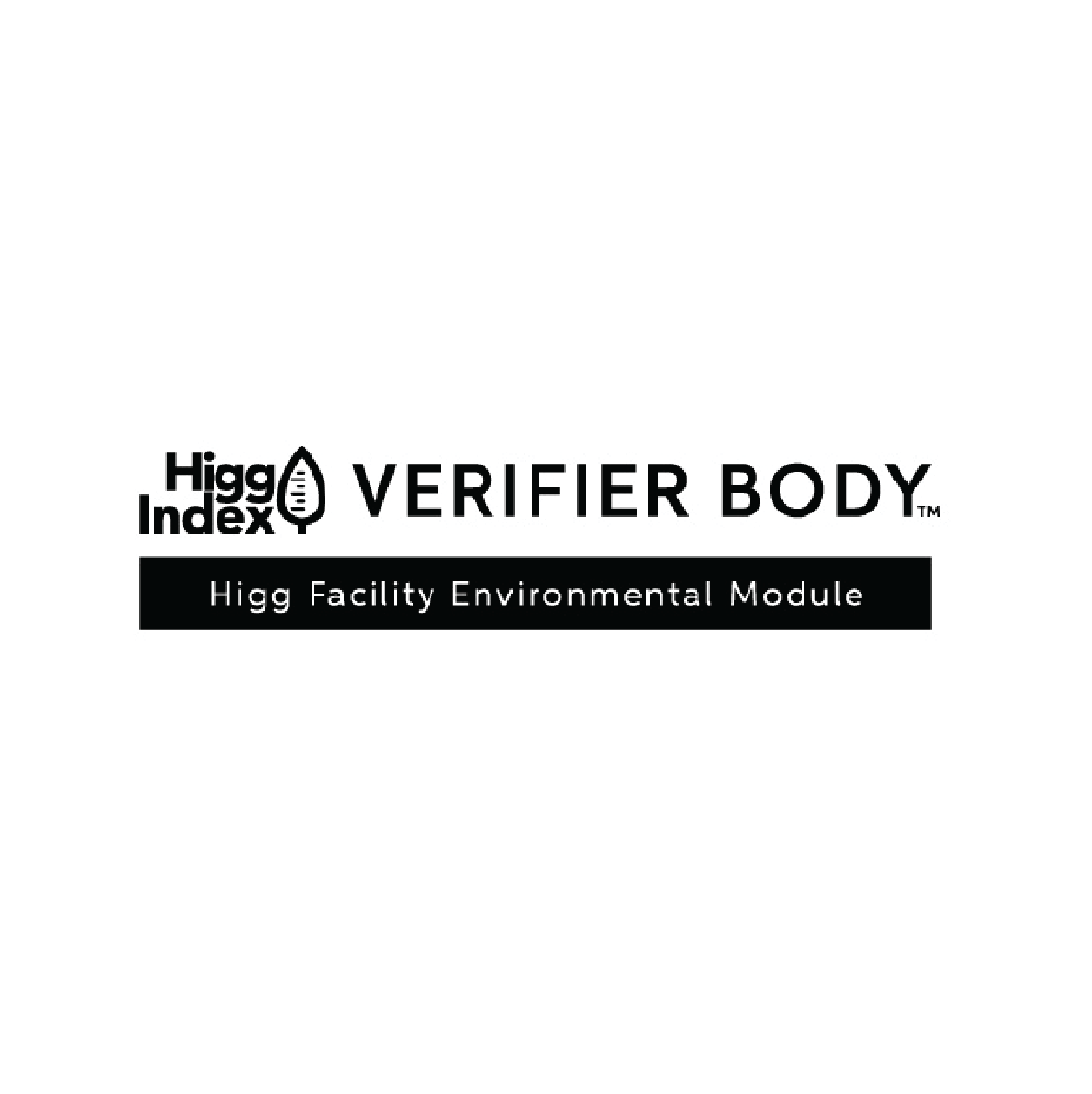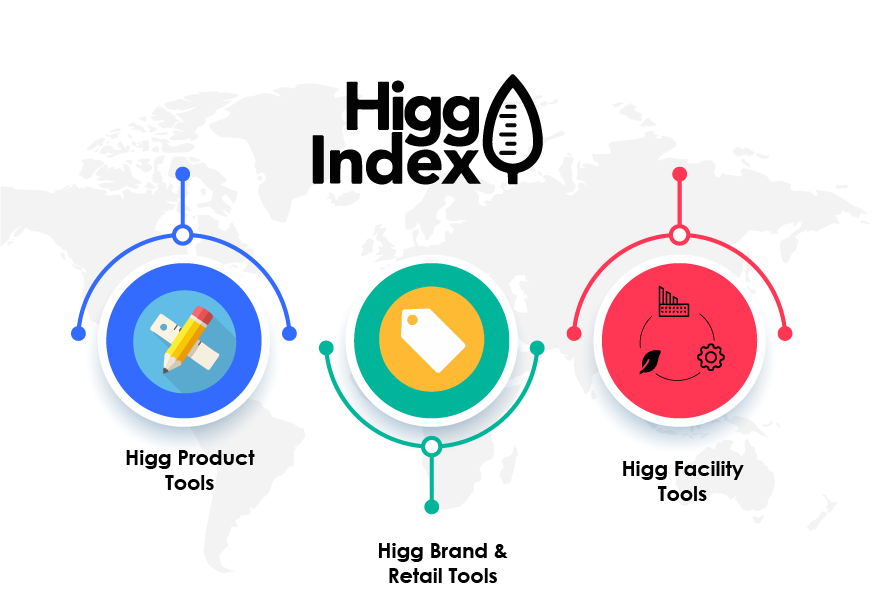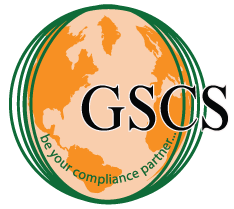
Sustainability with CASCALE Higg FEM Verification
Introduction: Today, in business focusing on sustainability is a necessity, not an option. To help companies to pursue this goal of sustainability, the Sustainable Apparel Coalition CASCALE Higg Facility Environmental Module FEM Verification. It helps measure their environmental performance by ensuring that specific sustainability targets are achieved, thereby enhancing carbon reduction and transparency in the operation.
In this article, we will explain the verification process of CASCALE Higg FEM, its advantages, the details of the verification process, and why it is crucial for accomplishing the desired sustainability targets.
CASCALE BRM Verifier Body- The Higg BRM creates an international benchmark for measuring and discussing sustainability performance among retailers and fashion brands. BRM achieved comparable data for the first time, allowing us and the brads to pinpoint areas that need work. The Sustainable Apparel Coalition is well-positioned to spearhead this crucial transformation in the fashion sector because it is an independent, globally oriented organization.

What is CASCALE Higg FEM Verification?
The Higg Facility Environmental Module FEM is a tool developed by the Sustainable Apparel Coalition CASCALE to assess the environmental performance of the textile, apparel, and footwear manufacturing facilities. It assists companies in placing their operational footprints on energy, water, and waste. As a result of self-assessment, the facilities submit essential, reliable quantitative data about their practices for verification. This verification process provides assurance and enables tracking of sustainability claims by companies and stakeholders across the board.
Key Features of Higg FEM Verification
Thorough Environmental Review
Higg FEM Verification sets up a standard way to check and compare how well companies protect the environment. This shared method ensures everyone measures important green efforts the same way across different workplaces and activities.
Reliable and Trustworthy Checks
The system makes self-reported information more believable by bringing in certified outside checkers. These experts review companies' submissions to ensure they meet the necessary rules and standards, building trust and openness.
Forward-Looking Environmental Upgrades
The checking process does more than evaluate. It gives specific, doable tips. This advice helps organizations improve their environmental plans, fix weak spots, and adopt greener practices that will make a difference over time.
Why is CASCALE Higg FEM Verification Important?
Promotes Transparency: Checked assessments ensure that facilities provide correct and trustworthy data, which helps create openness in the supply chain.
It Pushes for Ongoing Growth: By spotting environmental gaps, facilities can implement focused plans to boost their eco-friendly performance.
It Grows Trust with Partners: Brands and buyers increasingly want businesses to be responsible. Checked data gives them confidence in a facility's pledge to be eco-friendly.
Supports Global Sustainability Goals: Higg FEM Verification lines up with global eco frameworks, like the United Nations Sustainable Development Goals (SDGs).
Benefits of CASCALE Higg FEM Verification
Improved Environmental Stewardship: Facilities have control over their environmental impact and how they can improve this impact.
Greater Trust: Verified information improves confidence between customers, brands, and investors.
Legal Compliance: This position ensures that environmental regulations and industry requirements are complied with and minimizes the risk of fines.
Reduction in Operating Expenses: Optimized resource use has a positive long-run impact on operational costs.
Market Competitiveness: Affirming a company's commitment to sustainability is an embedded reason in its foreign market competitiveness.
Higg FEM Verification Process Stages
Stage 1: Self-Evaluation
The first stage is where facilities complete the Higg FEM self-assessment that includes energy consumption, water, and wastewater management, waste management, and chemicals used.
Stage 2: Appointment of a Verifying Agent
A suitable self-verification accredited agent is selected to self-assess the Higg FEM information. The Role of this agent is to ensure that the provided information is correct and it complies with the Higg FEM self-assessment.
Stage 3: Procedures for Verification
The Verifying agent then provides the necessary documents and assists the reviewer in an in-depth process review, including an on-site review and/or interviews with facility workers.
Stage 4: Reporting after the Verification Process
After the final approval, a report on the parameters that need improvement, many of which the company is already aware of, is issued.
Step 5: Data Sharing
To demonstrate environmental responsibility, the verified data can be shared with stakeholders, including brands and industry partners.
Why Choose Us for Higg FEM Verification?
The Higg FEM Verification process bears testament to the facility's dedication to sustainable practices. This represents a business's case for adopting it:
Global Recognition: Recognized by leading brands and stakeholders worldwide.
Actionable Insights: Offers meaningful suggestions for addressing any issues about environmental management.
Sustainability Leadership: Makes the companies the pioneers of the sustainability movement.
Conclusion: The SAC Higg FEM verification opens new horizons for organizations that are «going green. By following this verification methodology, firms can increase their transparency level, decrease their environmental impact, and improve their stakeholders’ relations. If you are in the textile, footwear, or accessories sector, the Higg FEM Verification is a large step toward your industry becoming more sustainable.
Interested in learning more? Check out our guide on: How Cascale BRM Verifier Body Ensures Verified Sustainability Data and Boost Sustainability with ZDHC InCheck Level 1 Verification
FAQ:
Higg FEM Verification is an independent assessment of the Facility Environmental Module (FEM) data under the Sustainable Apparel Coalition (CASCALE) framework. It ensures the accuracy and credibility of environmental performance data reported by manufacturing facilities, helping stakeholders identify areas for improvement and advance sustainability goals.
The FEM score on Higg measures a facility's environmental performance across areas like energy, water, chemicals, and waste, helping track sustainability progress.
FEM stands for Facility Environmental Module in Higg, assessing a facility's environmental impact and sustainability practices.
The Higg Facility Environmental Module (FEM) is designed to evaluate and improve a facility's environmental performance by identifying sustainability impacts in areas like energy, water, waste, and chemical management.
Higg refers to the Higg Index, a suite of sustainability tools developed by the Sustainable Apparel Coalition (CASCALE) to measure and improve environmental and social impacts across the apparel, footwear, and textile industries.
